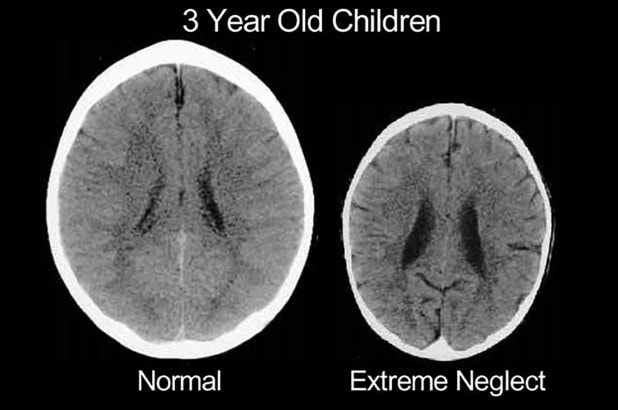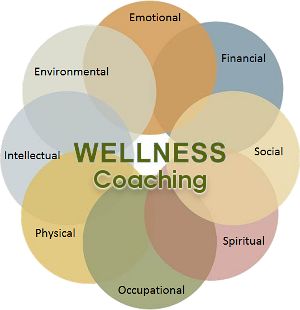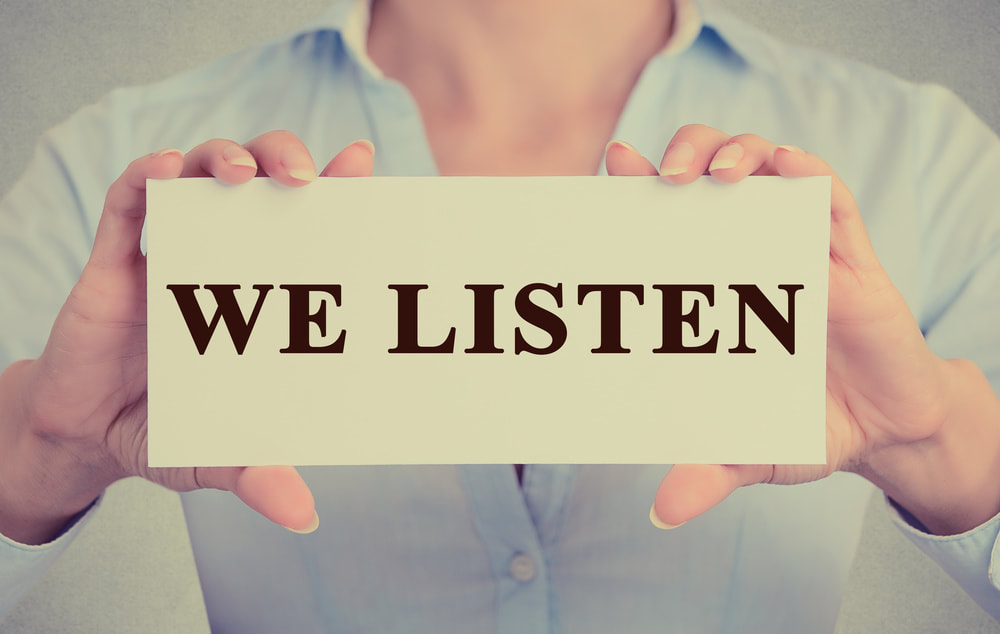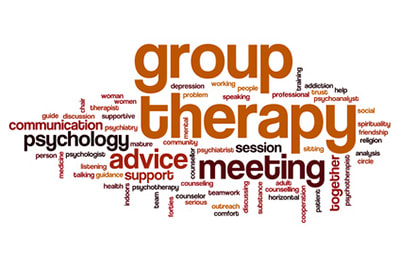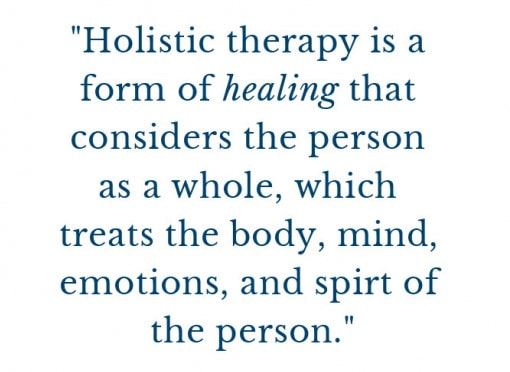|
6/29/2019 1 Comment Talk Therapy is Considered Top and Most Helpful Method to Treat Anxiety Based on the Latest Research in Today’s Field of PsychotherapyWe all feel anxiety at some point in our lives. When should we be concerned and ask for help? |
| Through this experience, I have met (virtually or in person), many educators, and Bloggers. I have been exposed to blogs that provided me with great resources to share, and I have had the opportunity to find resources that have made me a better person. Blogging is as much about sharing as it is about getting your voice out. If you have been around for a while, you probably remember the days before blogging, when publishing was for the few or the chosen (or celebrities!). Publishing in a print copy of a journal takes months and is a big commitment. Writers look at the theme of a journal, write a manuscript, and have to hand it in by the deadline set by the organization that publishes the journal. And then they wait... Risk-taking Rather Than Rule-Following Blogging breaks many rules. It doesn't have to follow the standard grammatical rules that we all heard about in English class. I know that many educators cringe at the thought of not following grammatical rules, but that's the fun part about blogging. Bloggers can play with words and sentence structure. It's more about engaging a reader than about the rules of writing. And, like all teachable moments, the lessons learned by blogging are essential for students too. When students (we are all students) have the opportunity to blog, they can share their perspective, but it allows them to play with language and sentence structure. Blogging is a 21st century way to engage in the learning process. So, for all of my listeners, I will continue to Blog on various topics. As you continue with me on this journey, I hope it helps you as much as it did for me. All my Best, Reanna J Waugh, B.Sc Student, PhD in Clinical Psychology Waugh's Holistic Wellness Center 823 Delta Ave Gladstone, MI 49837 Office: 906-398-7927 Cell: 830-515-2641 | CategoriesArchivesNo Archives Author |
Archives
April 2021
November 2020
April 2020
March 2020
February 2020
January 2020
December 2019
June 2019

 RSS Feed
RSS Feed
